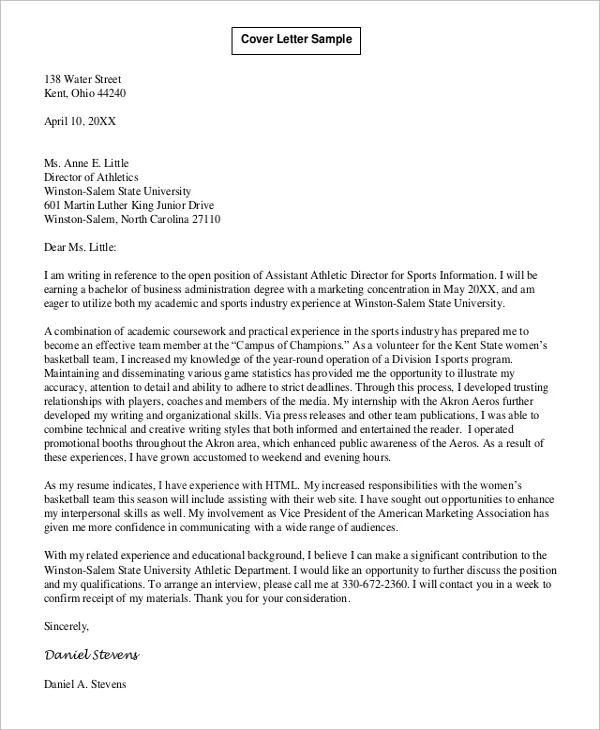The Power of a Resume
Your resume is more than just a document; it’s your first impression, your personal brand, and your key to unlocking new career opportunities. It’s a concise snapshot of your professional journey, highlighting your skills, experiences, and achievements. A well-crafted resume can significantly increase your chances of getting noticed by recruiters and landing an interview. In today’s competitive job market, a strong resume is not optional – it’s essential. It serves as your advocate, showcasing your value proposition and demonstrating why you’re the perfect fit for the role. A powerful resume sets the stage for your entire job application process, so taking the time to create a compelling one is a critical investment in your future.
Understanding Resume Formats
Choosing the right resume format is crucial. The format dictates how your information is presented and which aspects of your experience are emphasized. Different formats cater to different career stages and professional backgrounds. Understanding these formats allows you to select the one that best highlights your strengths and aligns with the specific requirements of the jobs you’re targeting. From the traditional chronological to the skills-focused functional, each format has its own advantages and disadvantages. Selecting the most appropriate one can significantly improve your chances of impressing potential employers and getting an interview.
Chronological Resume
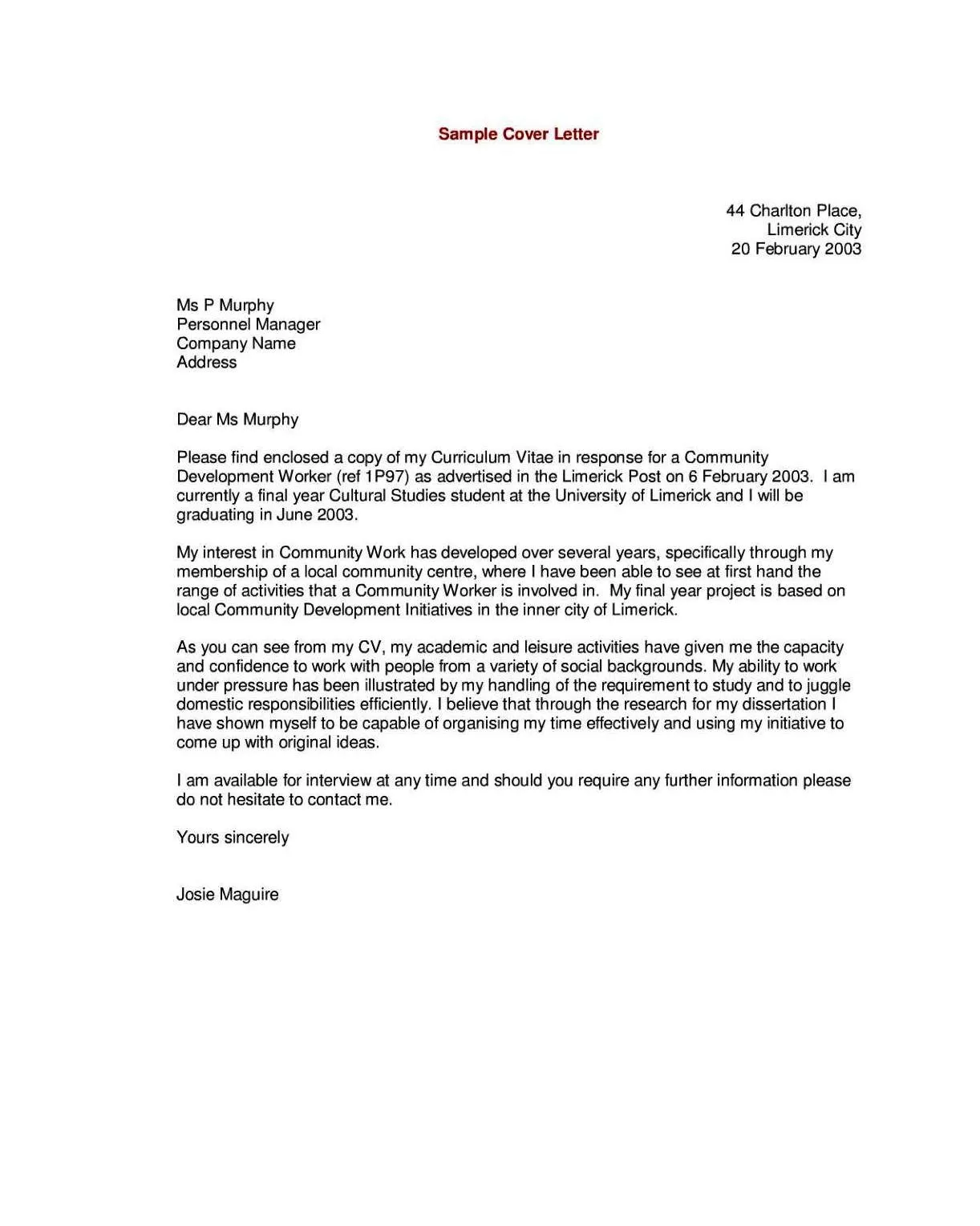
The chronological resume is the most common format, ideal for candidates with a consistent work history. It emphasizes your work experience in reverse chronological order, making it easy for employers to see your career progression. It’s perfect for those with a clear career path and a steady record of employment. The chronological format works very well when you have a solid history of employment that you want to be clear to your potential employer.
Functional Resume
A functional resume focuses on your skills and abilities rather than your work history. It’s often used by those with gaps in their employment or those changing careers, as it minimizes the emphasis on dates. This format is great for those who are entering a new field. It may be less common, but is still a viable format.
Combination Resume
The combination resume blends the chronological and functional formats, highlighting both skills and work experience. It’s a versatile choice that provides a balanced view of your qualifications. This is a great option for those who have a strong work history and want to focus on their skills.
Choosing the Right Format
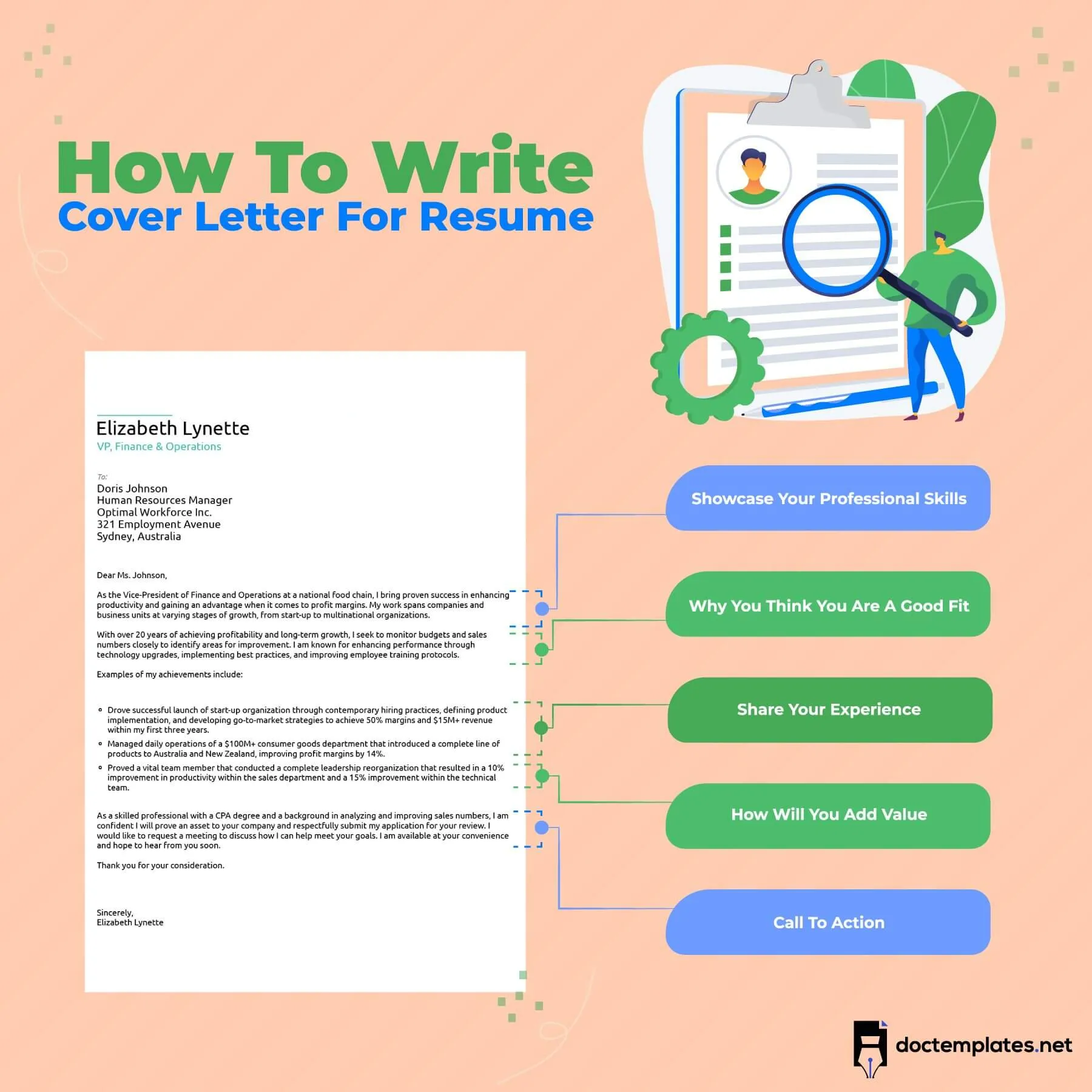
The best format depends on your individual circumstances. Consider your career goals, employment history, and the specific requirements of the jobs you’re applying for. If you have a steady career, a chronological resume might be best. If you are switching careers, a functional resume may be a good fit. A combination resume offers a balanced view. Tailoring your resume format to suit the job posting requirements is vital to showcase your strengths effectively.
Essential Resume Sections
A well-structured resume includes key sections that provide a comprehensive overview of your qualifications. Each section serves a specific purpose, ensuring that potential employers can quickly and easily find the information they need. The order and content of these sections can vary, but they typically include contact information, a summary or objective, work experience, education, and a skills section. These sections are designed to convey your professional identity and demonstrate your suitability for the role, so pay close attention to detail when filling them out.
Contact Information
Start with your contact information. Include your full name, phone number, email address, and LinkedIn profile URL (if you have one). Make sure your contact information is up-to-date and professional. Double-check for any typos or errors, as this is the first thing a recruiter sees. Your contact information should be easily accessible and formatted clearly for easy readability.
Summary/Objective Statement
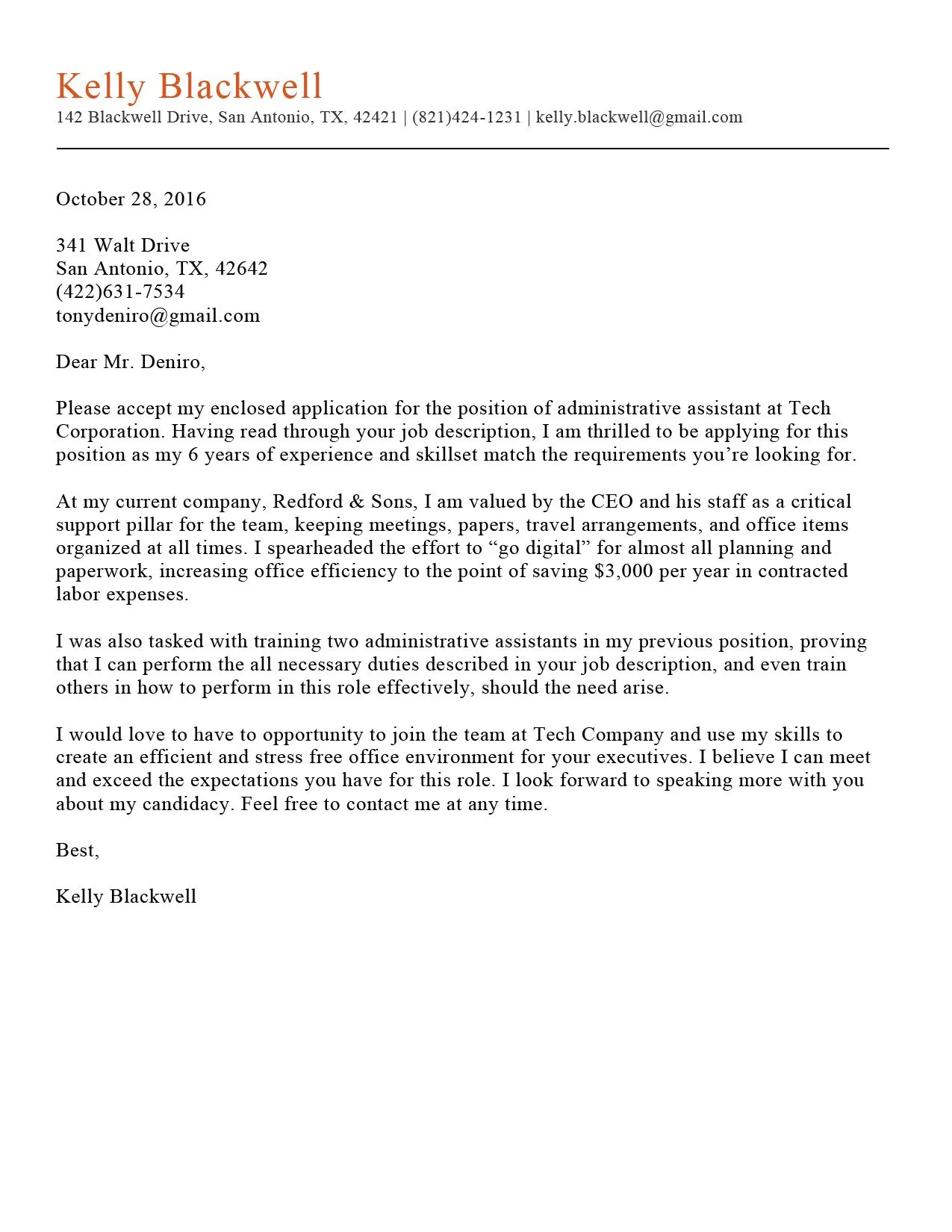
A summary or objective statement provides a brief overview of your qualifications and career goals. A summary is ideal for experienced professionals, highlighting your key skills and achievements. An objective statement is better suited for entry-level candidates, stating your career aspirations. Keep these statements concise and targeted to the specific job you’re applying for. Use powerful language and showcase your unique value proposition.
Work Experience
This section details your previous work experience, including job titles, company names, dates of employment, and a brief description of your responsibilities and achievements. Use action verbs to describe your accomplishments and quantify your results whenever possible. Focus on the most relevant experiences and tailor your descriptions to match the job description. Highlight your accomplishments in a way that demonstrates your value and impact to potential employers. Use bullet points to keep information easy to read and organized.
Education
List your educational qualifications, including degrees, certifications, and any relevant coursework. Include the name of the institution, dates of attendance, and your major or area of study. You can also mention any honors, awards, or GPA if it’s impressive and relevant. If you have little to no work experience, put this section before the work experience section. When you get more experience, it is typical to move this section towards the bottom.
Skills Section
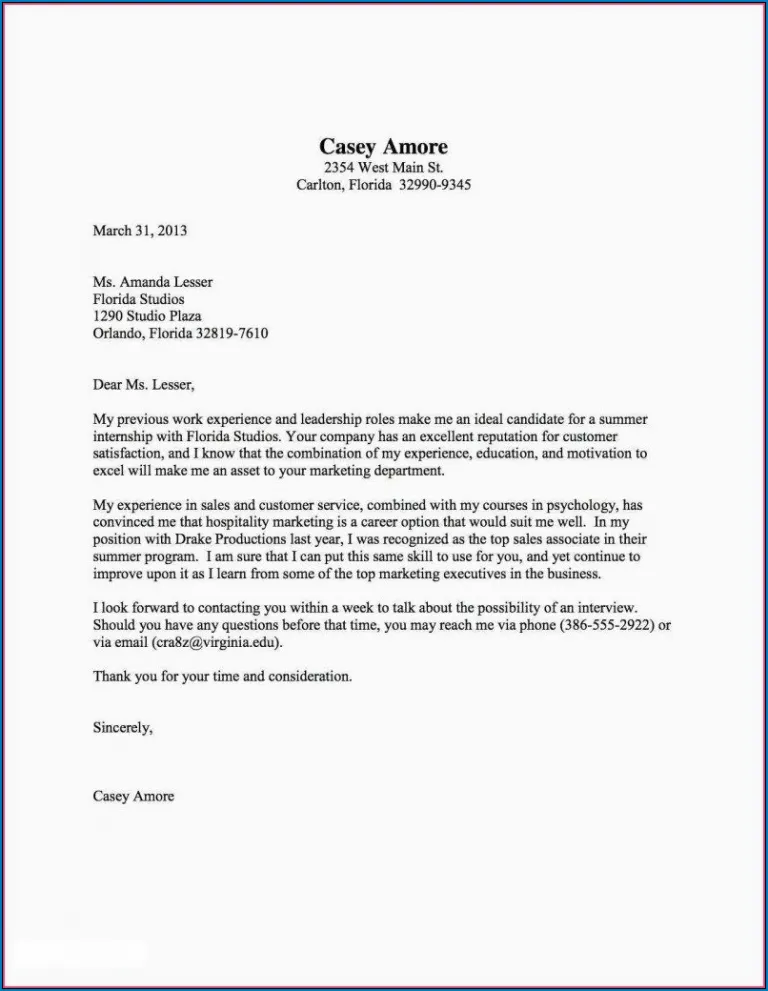
Showcase your skills, both hard and soft. Hard skills are technical abilities, and soft skills are your interpersonal abilities. Use keywords from the job description to demonstrate that you have the required skills. This section should be a mix of skills that will attract the attention of the hiring manager. Keep your skills current and add those that are required for the job you are applying to. Consider categorizing your skills to make them easier to read and interpret.
Highlighting Achievements
Instead of simply listing your job responsibilities, focus on your achievements. What did you accomplish in each role? How did you contribute to the company’s success? Use the STAR method (Situation, Task, Action, Result) to structure your accomplishments, providing context and showcasing your impact. Make your achievements easy to read by using action verbs and bullet points. Quantifying your achievements is a great way to demonstrate the impact you made in your role.
Quantifying Your Accomplishments
Whenever possible, quantify your achievements using numbers and data. Did you increase sales by a certain percentage? Did you reduce costs? Provide concrete evidence of your impact. This makes your achievements more credible and impressive. Use metrics like percentages, dollar amounts, or specific numbers to demonstrate the results of your work. This data helps employers see what you can bring to their company.
Using Action Verbs
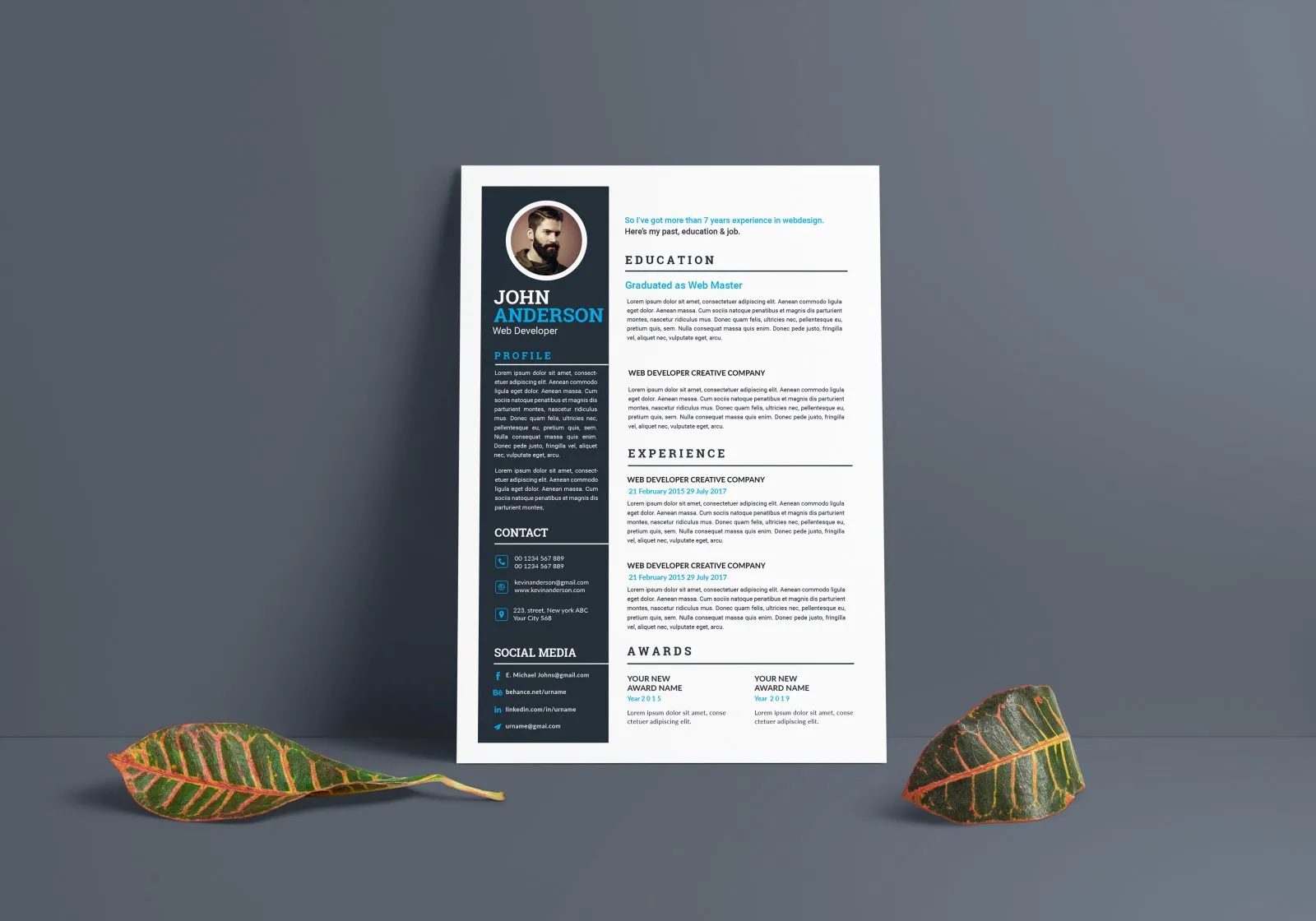
Start each bullet point with a strong action verb to make your descriptions more impactful. Action verbs like “managed,” “led,” “developed,” and “implemented” add dynamism to your resume and highlight your accomplishments. They show what you did in the role and the contributions you made. By using powerful action verbs, you make your resume more engaging and showcase your abilities.
Tailoring Your Resume
Customize your resume for each job you apply for. Review the job description carefully and adjust your resume to match the requirements and keywords. This demonstrates that you are a good fit for the role and that you took the time to tailor your application. Tailoring will significantly increase your chances of getting an interview, because it shows you put the time and effort to meet the employer’s needs. Make the case why they should hire you.
Adapting to the Job Description
The job description is your guide. Use it to identify the keywords and skills the employer is looking for. Incorporate these keywords into your resume, ensuring that your qualifications align with the job requirements. This helps your resume get through applicant tracking systems (ATS) and highlights your relevance to the role. Always be sure that the skills that you list on your resume match the job description to show you are a good fit.
Keyword Optimization
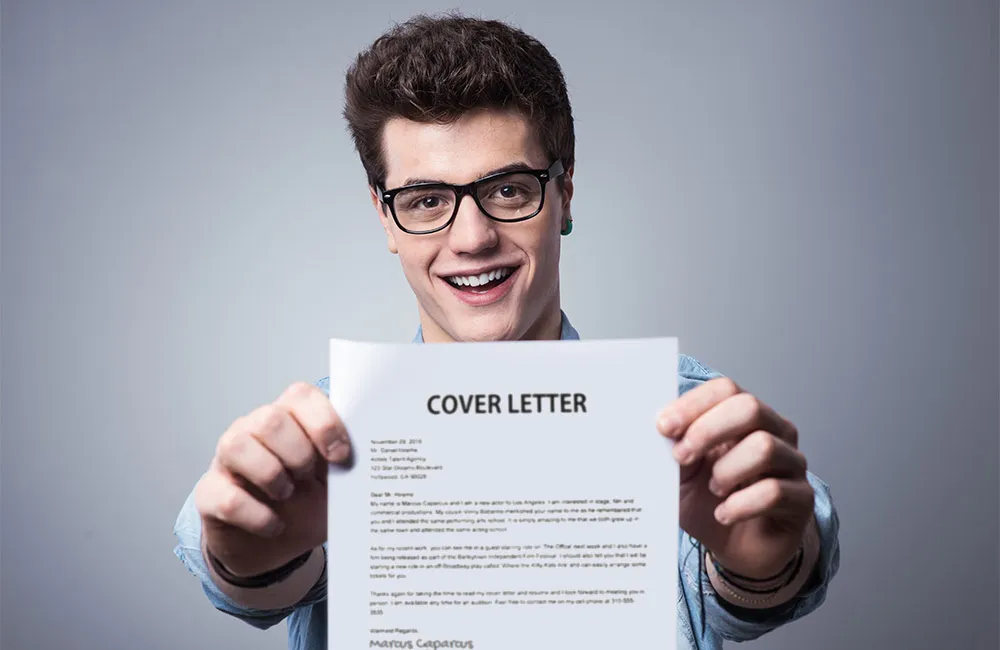
Optimize your resume with relevant keywords. Applicant Tracking Systems (ATS) scan resumes for keywords. Use keywords from the job description throughout your resume, in the summary/objective, skills section, and work experience descriptions. Be sure that your resume is optimized for the role you are applying for. This can help your resume be found by employers and hiring managers. Avoid keyword stuffing and ensure that your use of keywords is natural and relevant.
Resume Formatting and Design
Choose a clean, professional design that is easy to read and visually appealing. Use a consistent font and formatting throughout. Use white space effectively to make your resume less cluttered. Avoid using excessive colors or graphics. Ensure your resume is easy to navigate and that the most important information is prominently displayed. Make your resume easy to read.
Font Choices and Readability
Select a legible font, such as Arial, Calibri, or Times New Roman. Keep the font size between 10 and 12 points for easy readability. Ensure that your resume is well-formatted with clear headings, bullet points, and ample white space. Your resume needs to be easy on the eyes. A well-formatted resume makes it easier for the hiring manager to scan your resume quickly and find the information they are looking for. It helps you stand out.
Avoiding Common Mistakes
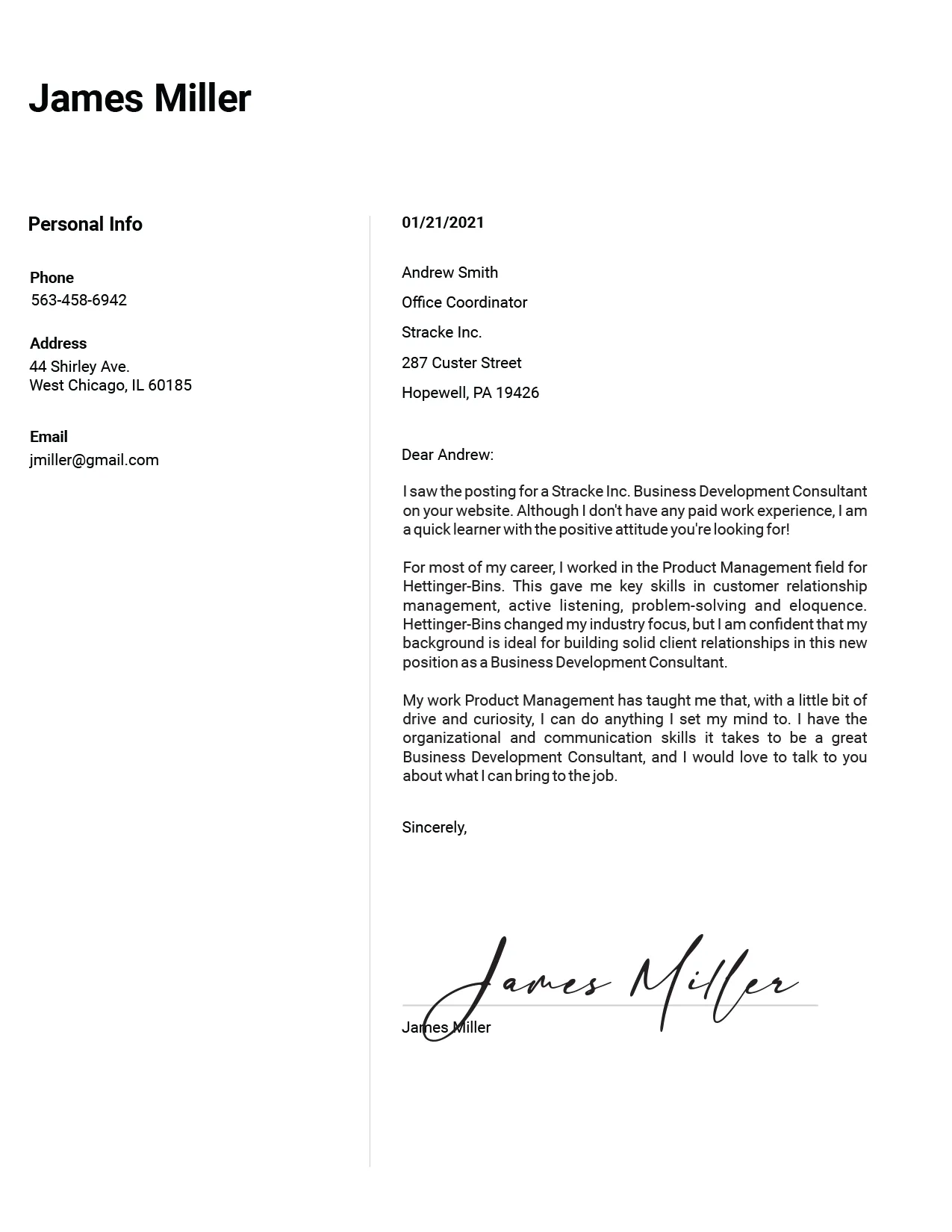
Avoid common resume mistakes like typos, grammatical errors, and inconsistent formatting. Don’t include irrelevant information or personal details like your hobbies, unless they are relevant to the job. Ensure your resume is concise, focused, and tailored to the job. Ensure all your contact information is current and professional. Always proofread your resume before submitting it.
Proofreading and Editing
Proofread your resume meticulously for any errors in grammar, spelling, and punctuation. Ask a friend or colleague to review it for you. A polished resume demonstrates attention to detail and professionalism. Proofreading is critical; a single mistake can cost you a job opportunity. A second pair of eyes can catch errors you might have missed.
The Importance of a Cover Letter
A cover letter is an excellent opportunity to introduce yourself and your interest in a particular job or company. A well-written cover letter will give your application a boost, because it personalizes your approach. It provides context to your resume and explains your unique skills and experiences. Customize your cover letter for each job, highlighting the specific skills and experiences that make you the ideal candidate. Your cover letter gives you a chance to tell a story, and make a personal connection with the hiring manager.
How to Write a Compelling Cover Letter
Start with a strong opening, expressing your enthusiasm for the role and company. Highlight your most relevant skills and experiences. Explain why you’re a good fit for the job and how you can contribute to the company’s success. Use a professional tone and format. End with a call to action, inviting the hiring manager to review your resume and contact you for an interview. Your cover letter must be well written and engaging. It provides an excellent opportunity to make a great first impression and demonstrate why you are the right candidate. A well-written cover letter is a great way to enhance your job application.
